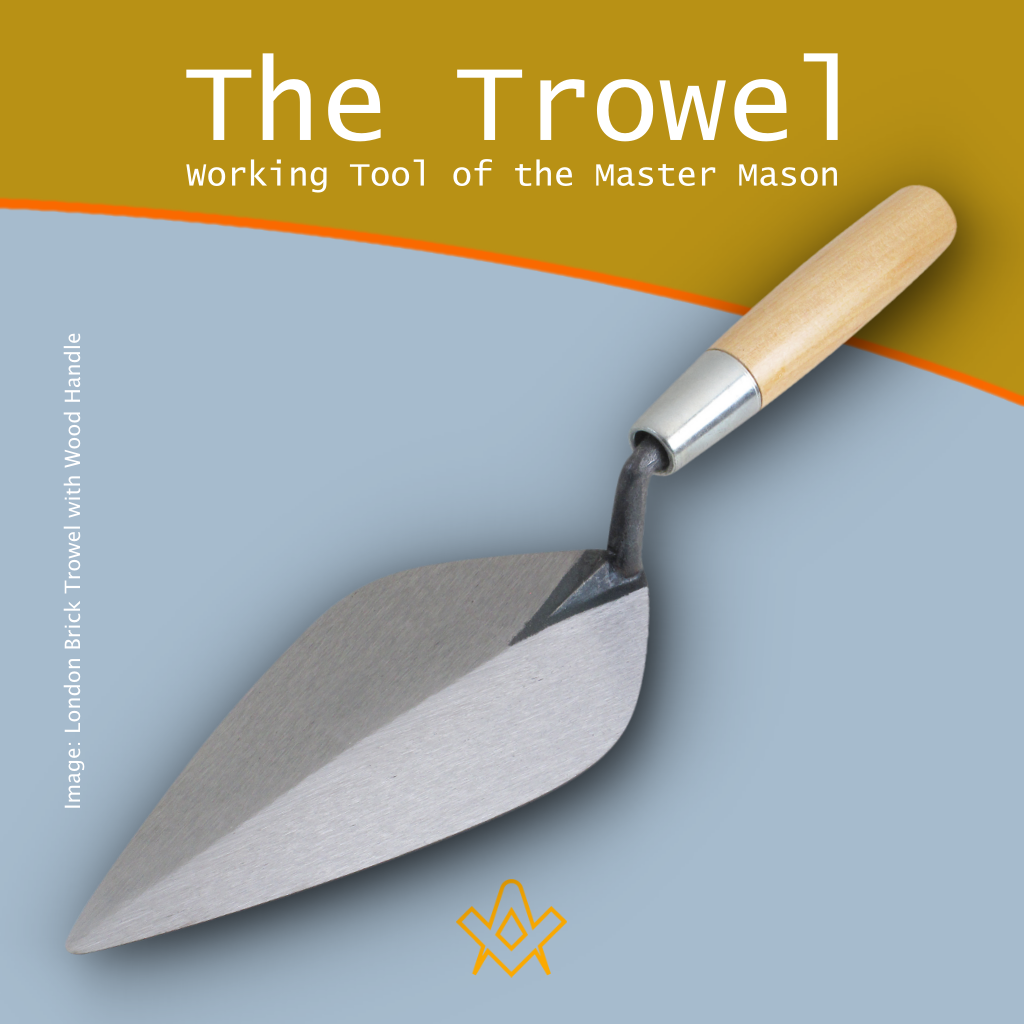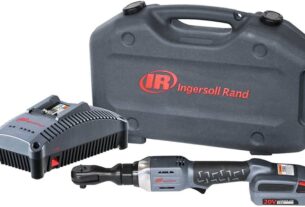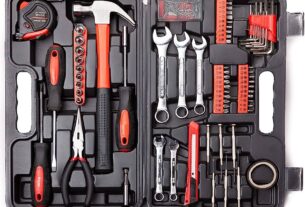If you’ve ever witnessed a masonry project, you may have noticed the skilled craftsman wielding a set of unique tools. These are the working tools of a master mason. The importance and significance of these implements cannot be overstated as they are essential for the success of any masonry work.
In this article, we’ll take an in-depth look at the working tools of a master mason. We’ll explore their functions, history, and significance within the craft. From chisels to trowels, we’ll cover everything you need to know about these essential implements.
Understanding the Role of Working Tools in Masonry
Before diving into the specifics of each tool, it’s important to understand their role in masonry. The working tools of a master mason are used for shaping and manipulating raw materials such as stone, brick, or concrete. These tools enable craftsmen to create intricate designs and structures that stand the test of time.
Each tool has its unique function and purpose. While some may seem simple, mastering the use of these implements takes years of practice and experience.
Now let’s dive into the specific tools used by master masons:
Chisels
Chisels are perhaps one of the most recognizable tools used by master masons. They come in various shapes and sizes depending on their intended use. Generally, chisels consist of a sharp metal blade attached to a wooden handle.
Master masons use chisels to carve precise shapes into stone or brick. They’re also used to cut away unwanted material from blocks or slabs.
Hammer
The hammer is another essential tool in a master mason’s arsenal. It’s used in conjunction with chisels to break apart large stones or bricks, allowing them to be shaped more easily.
Hammers come in different sizes and weights depending on the task at hand. Smaller hammers are used for delicate work, while larger ones are used for more heavy-duty tasks.
Trowel
The trowel is perhaps one of the most versatile tools used by master masons. It’s a flat, pointed tool used for spreading and smoothing mortar. Trowels come in various sizes and shapes depending on their intended use.
Master masons also use trowels to apply finishing touches to surfaces such as plaster or stucco. They can also be used for shaping and smoothing raw materials such as concrete.
Plumb Line
A plumb line is a simple yet essential tool in masonry. It consists of a weight attached to a string or cord. The weight hangs freely, allowing it to align precisely with gravity.
Master masons use plumb lines to ensure that walls and structures are perfectly vertical. This is crucial for the stability of any masonry project.
Level
Like the plumb line, the level is another essential tool for ensuring precise alignment in masonry work. The level consists of a clear plastic or glass tube filled with liquid and an air bubble.
Master masons use levels to ensure that surfaces are perfectly horizontal. This is important for everything from laying bricks to installing countertops.
Mortar Board
The mortar board is a flat surface used for holding and mixing mortar. It’s typically made of wood or plastic and has a raised edge around the perimeter to prevent spillage.
Master masons use mortar boards to prepare the perfect consistency of mortar for each job. This ensures that the mortar adheres correctly and provides adequate support for any structure.
Jointer
The jointer is a small handheld tool used for smoothing out joints between bricks or stones. It comes in various shapes and sizes depending on its intended use.
Master masons use jointers to create smooth, even joints between materials. This not only enhances the appearance of the finished structure but also provides added stability and support.
The Significance of Working Tools in Masonry
The use of working tools is an integral part of masonry. They’re not just essential for getting the job done – they’re also steeped in symbolic history and significance.
Each tool has its unique symbolism that reflects the values of the craft. For example, the chisel represents the ability to shape and mold raw materials into something beautiful and useful. The hammer represents the strength and durability required to complete a masonry project successfully.
Master masons often take great pride in their tools. They’re often passed down through generations, becoming family heirlooms and symbols of craftsmanship.
Conclusion
In conclusion, understanding the working tools of a master mason is essential for anyone interested in this craft. From chisels to levels, each tool plays a vital role in shaping and manipulating raw materials into something beautiful and functional.
While these implements may seem simple on the surface, mastering their use takes years of practice and dedication. The working tools are not just necessary for completing a job; they’re also imbued with profound symbolism that reflects the values of the craft itself.
If you’re interested in learning more about masonry or seeking out a skilled craftsman for your next project, be sure to check out reputable sources such as Wikipedia or professional organizations like The Mason Contractors Association of America.




